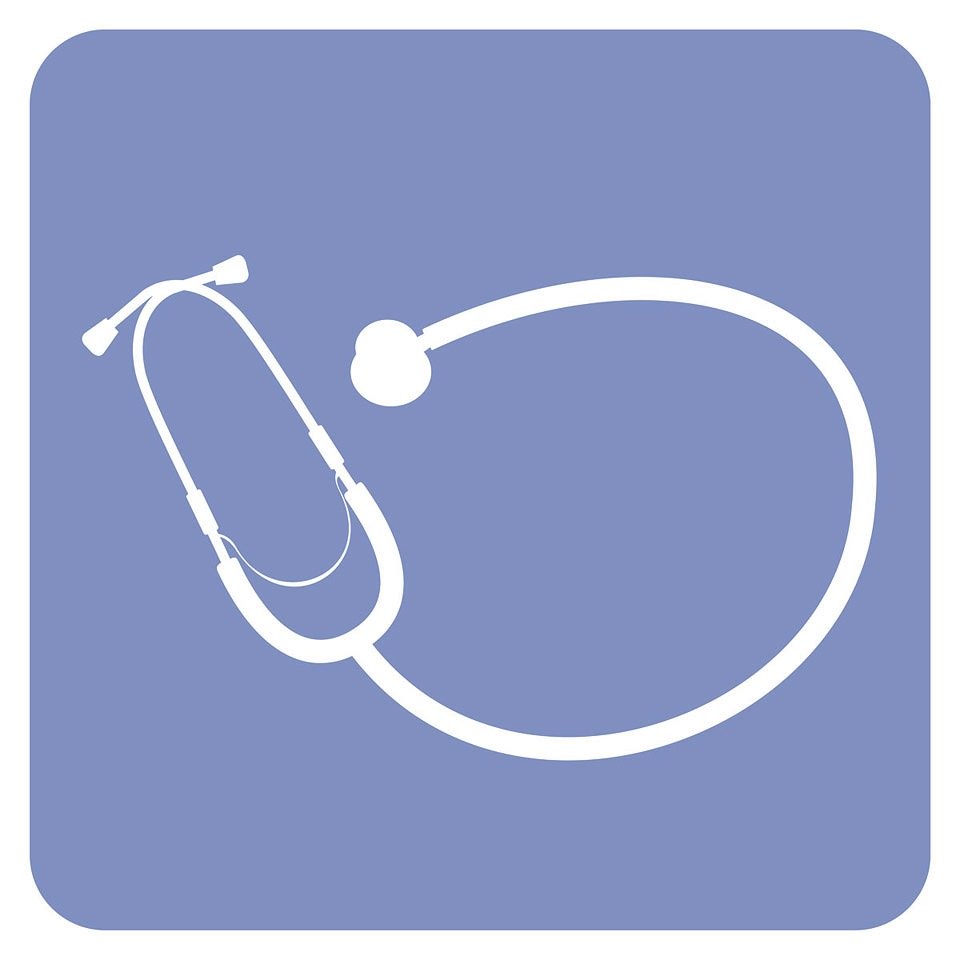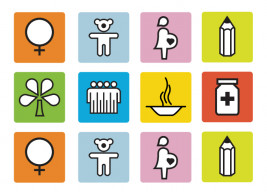
Although health expenditure’s share of GDP has increased from 0.35 percent to 0.4 percent in the last year, Pakistan is still far short of meeting UN Millennium Development Goals (MDGs) by 2018.
This was revealed by the Economic Survey of Pakistan 2013-14 released on Monday, which puts the desired health expenditure-to-GDP ratio at 2 per cent.
According to the survey, a large segment of the population is bereft of adequate healthcare access, despite of an increase in public health expenditure at all levels. A variety of demographic, epidemiological and socioeconomic factors are to blame for this trend.
In general, the rapid increase in population and shortage of trained health workers has put immense pressure on public health institutions across the country, reports the survey.
Maternal and child mortality rates
Child and maternal mortality rates have declined, but at a lower rate compared to other countries in the region.
According to the survey, under-5 mortality has fallen from 94 per cent in 2006-07 to 89 per cent in 2012-13. However, the MDG target is 52 per cent by 2015.
Maternal mortality rates, which depend on pre- and postnatal care as well as access to general healthcare and family planning services, have remained stagnant from 2011 to 2013.
Even though there has been no fall in the maternal mortality rate, the MDG target is to bring it down to 140 percent by 2015. Currently, it stands at 260 percent.
Waterborne and viral diseases
Pakistan remains particularly vulnerable to viral, in particular to waterborne diseases such as dengue, hepatitis B and C and tuberculosis. TB continues to affect a significant proportion of the population, according to the survey.
Health facilities
There has been an increased in the number of registered doctors from 160,880 in 2012-13 to 167,756 in 2013-14. The number of registered dentists has gone up from 12,692 to 13,716, and the number of registered nurses from 82,119 to 86,183.
However, the number of people competing for each hospital bed has gone up from 1,617 in 2012-13 to 1,647 in 2013-14.
PM’s Monitoring and Coordination Cell for Polio
Intensified immunisation activities were planned for 2013 but could not be implemented because of security concerns in Khyber Agency, North and South Waziristan and Karachi.
Published in The Express Tribune, June 4th, 2014.











































COMMENTS
Comments are moderated and generally will be posted if they are on-topic and not abusive.
For more information, please see our Comments FAQ